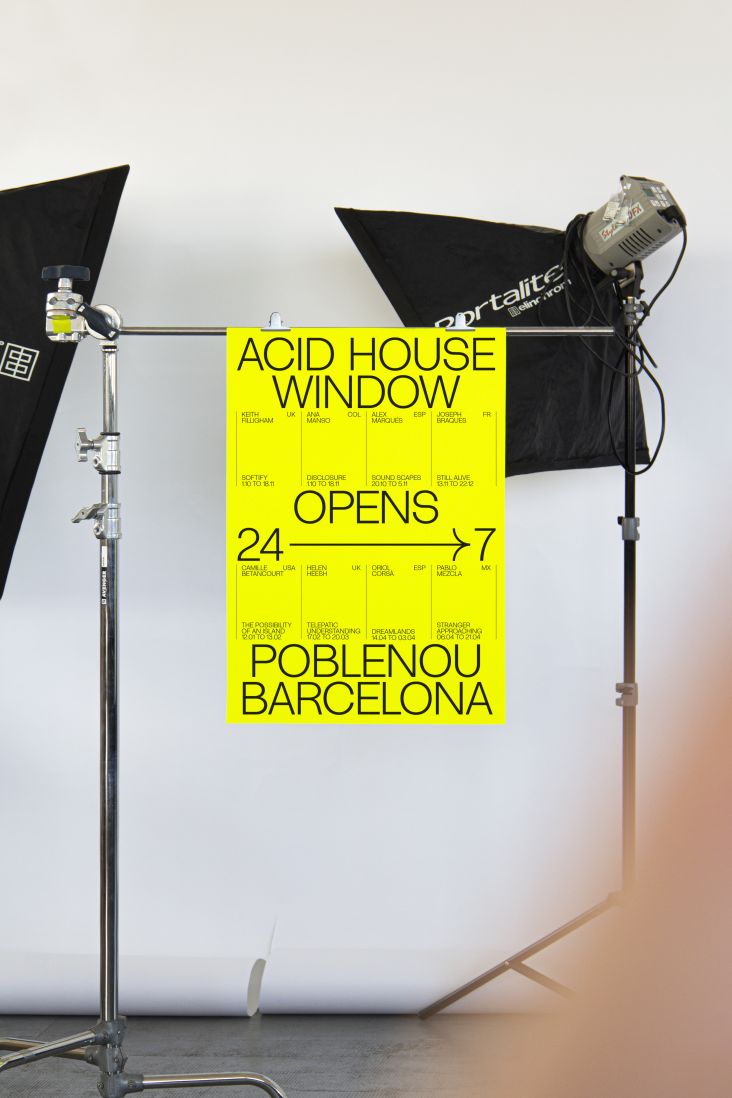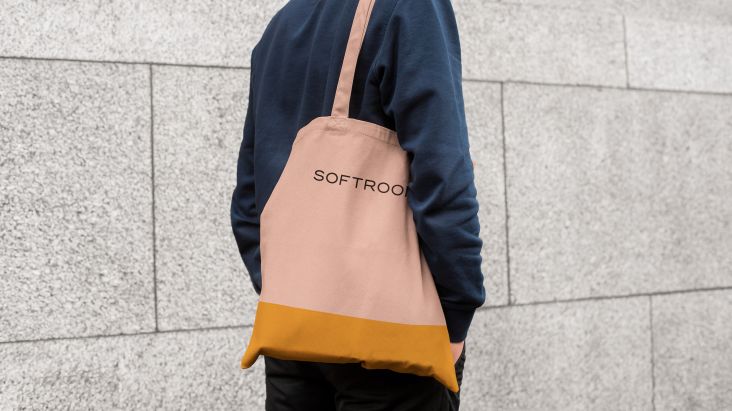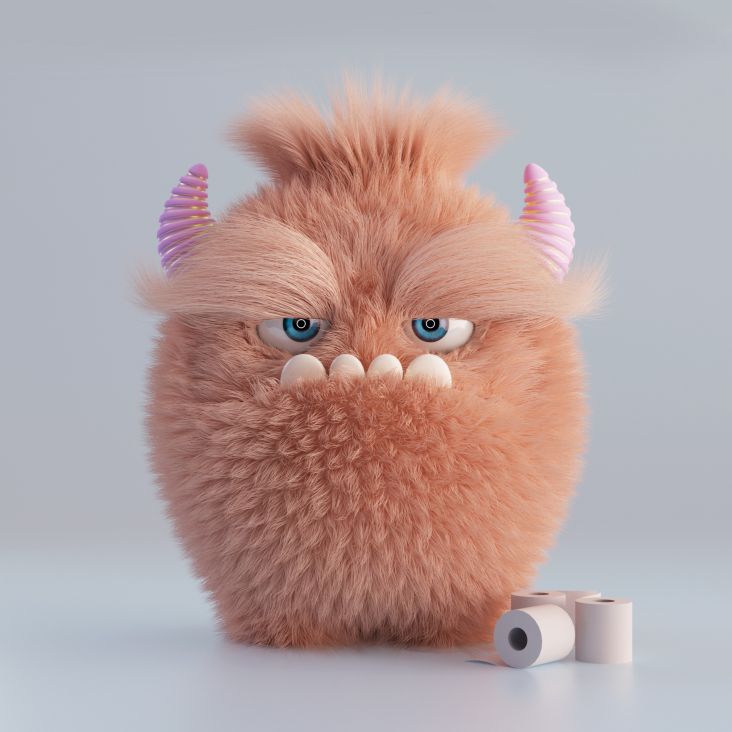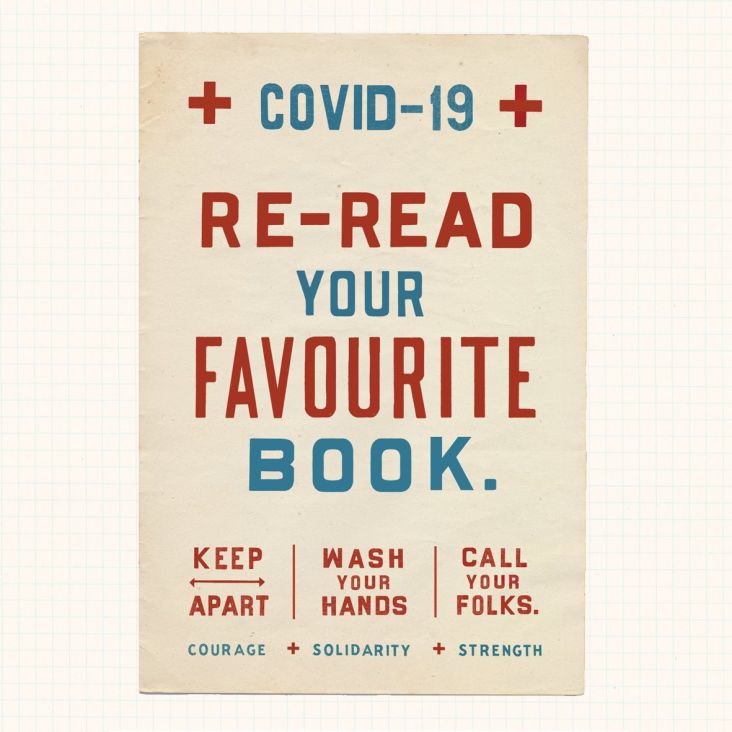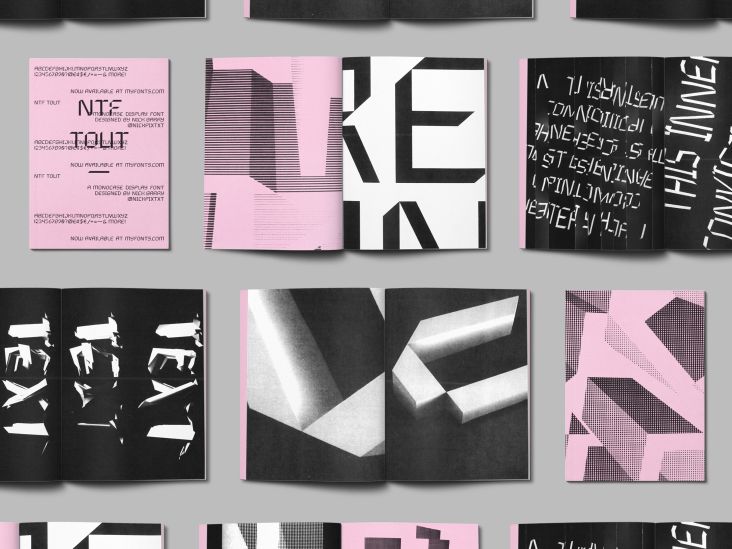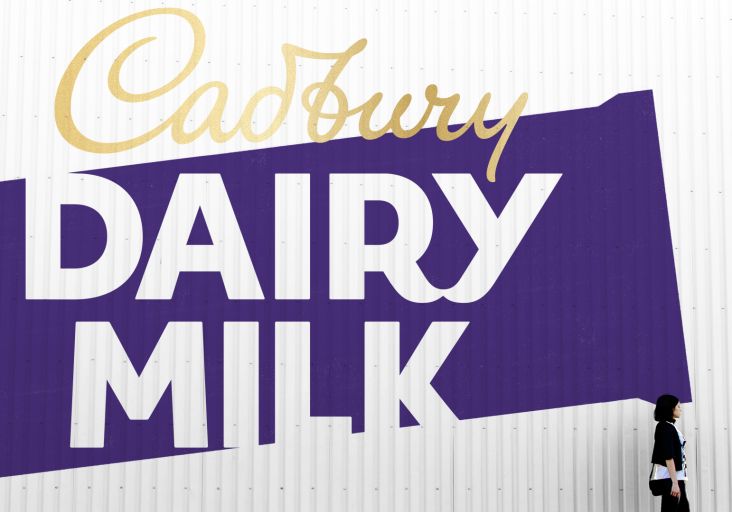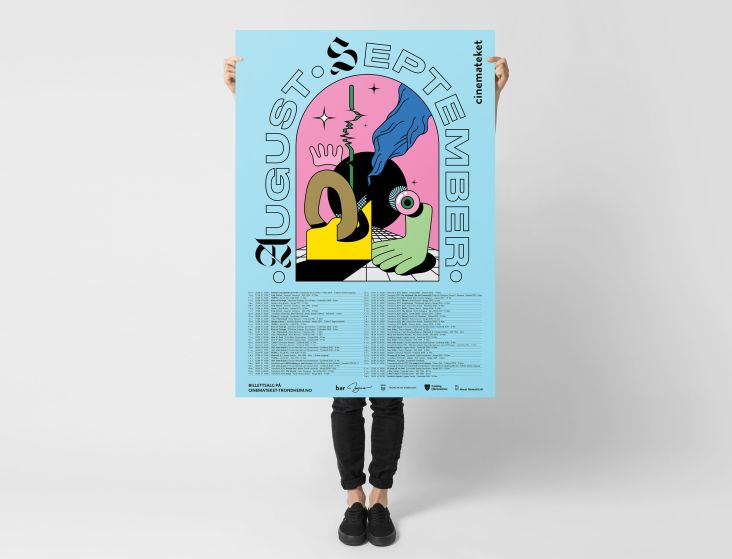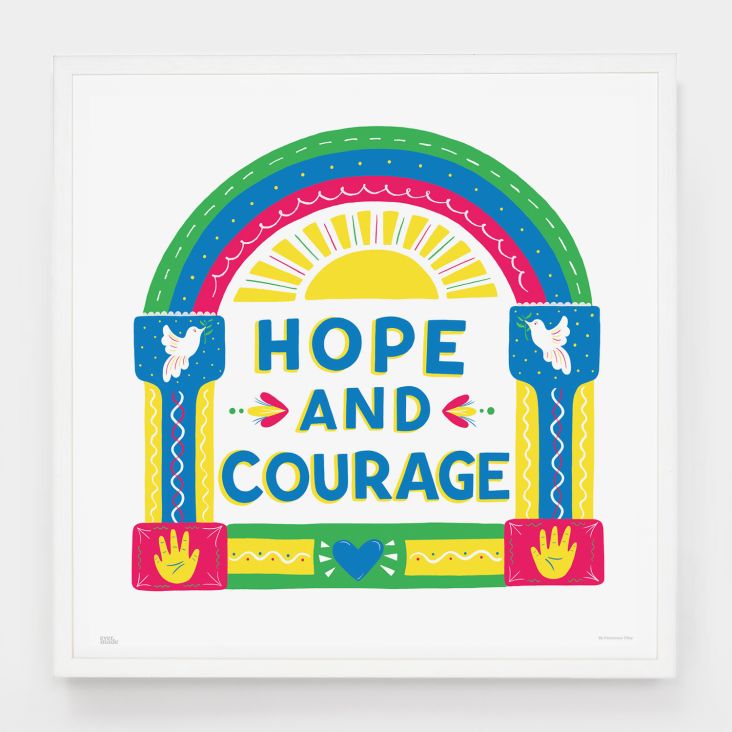Shyama Golden on making your own luck, avoiding burnout and the power of connections
It all began for illustrator Shyama Golden when she entered rodeo art competitions as a kid and took photographs of her local neighbourhood cats in Houston, Texas.
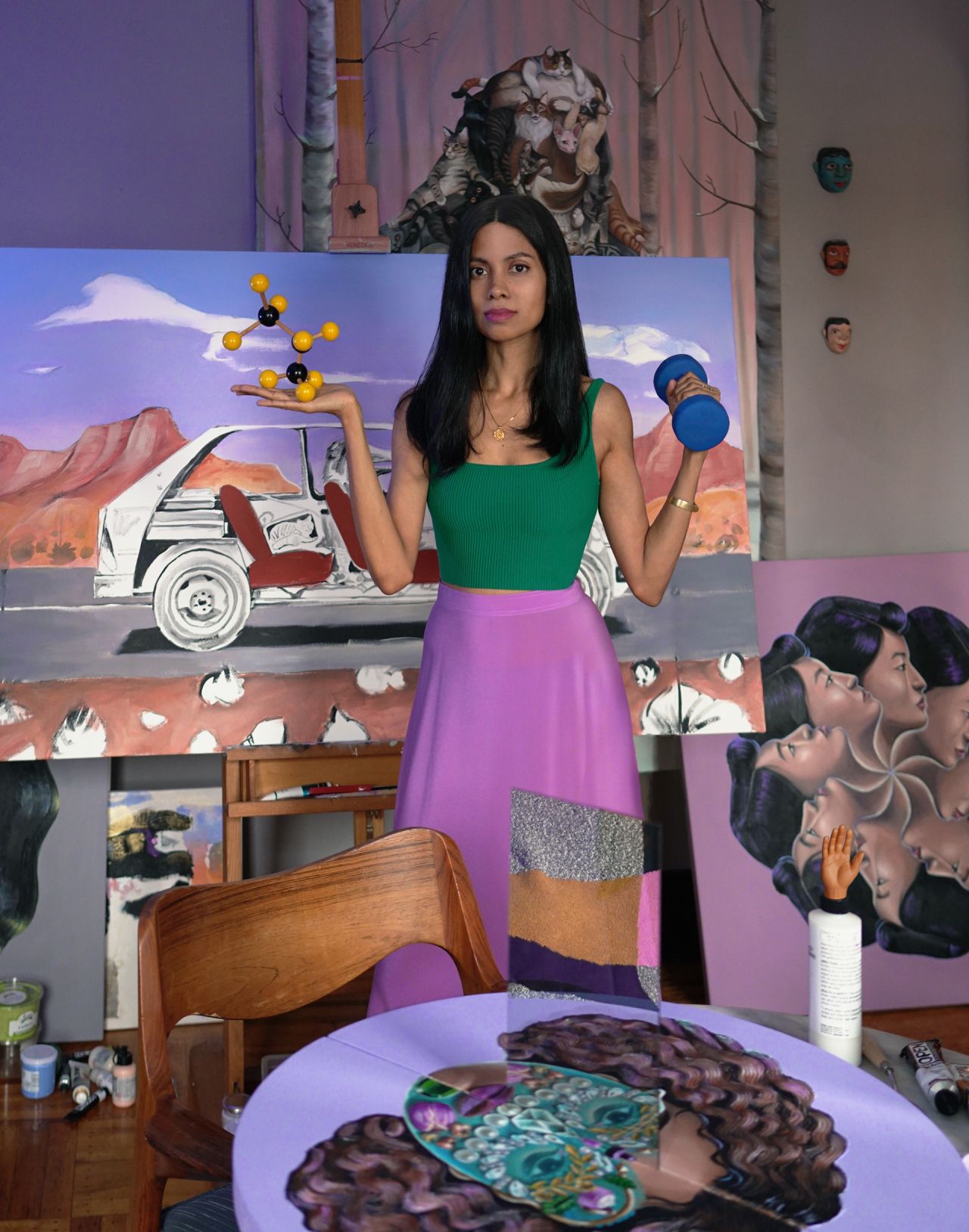
Shyama Golden
Back then, drawing horses was her passion until she reached middle school and discovered HTML and could make her own websites. She then studied graphic design at university and spent a decade creating logos, packaging, apps, publications and websites, before moving more into illustration and animation.
Today, her work focuses on "intersectional identities, particularly those of hyphenated-Americans". Based on real or imagined people, her portraits also feature characters used in traditional Sri Lankan folk dances, which she places in contemporary Americana scenes.
Represented by Handsome Frank in the UK, her clients include HBO, Universal Pictures, The New York Times, Apple, Adobe, and Wired. We asked Shyama about her journey so far and what advice she has for aspiring illustrators.
Tell us more about how you got started
I was an only child and spent a lot of time in my head, drawing and reading. My parents were scientists, and we moved around a lot, from Texas to New Zealand back to Texas, then to Sri Lanka where my parents are from, then back to Texas where I stayed until I was 29.
I was bored and sleepy in grade school, except in art, English, and science classes. My parents struggled to even get me out of bed every morning, I lacked motivation and was terrible at doing my homework and caring about grades, but showed infinite patience for drawing The Spice Girls pixel by pixel in MS Paint.
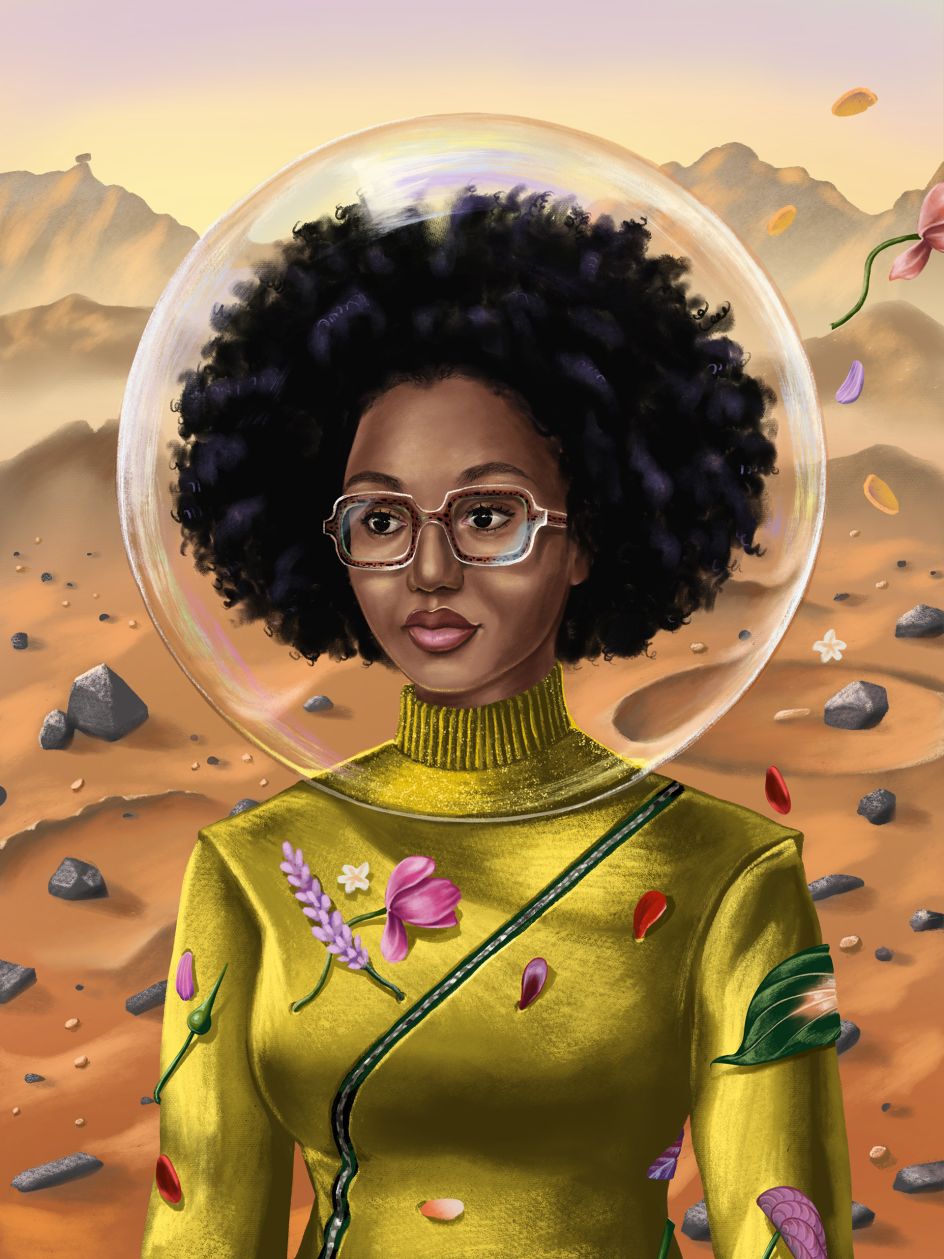
Dian Holton © Shyama Golden
Love it! So how did you turn your art into a career?
I studied graphic design in college at Texas Tech and was a designer for a decade out of school. Illustration became a natural transition from graphic design, as it meant that graphic designers/creative directors were hiring me for various jobs, and I understood their needs after being one for so long.
My early illustrations were a separate style from my more personal fine art until I was able to replicate my oil painting style digitally for the first time using the iPad. This is the work that put me out there in a new way. It allowed me to achieve what I was doing in oils 10x faster with the added benefits of animation and seamless patterns as well. It also was a lot easier to do out of a small Brooklyn apt with poor ventilation.
Along the way, there weren't any singular big breaks, but there were over a dozen "small breaks" which helped me along the way. There were people like art director Dian Holton, who hired me to do a portrait series which eventually got the attention of Lupita Nyongo, which ultimately led to me working on the movie Little.

Lupita for The Girlfriend Letter © Shyama Golden
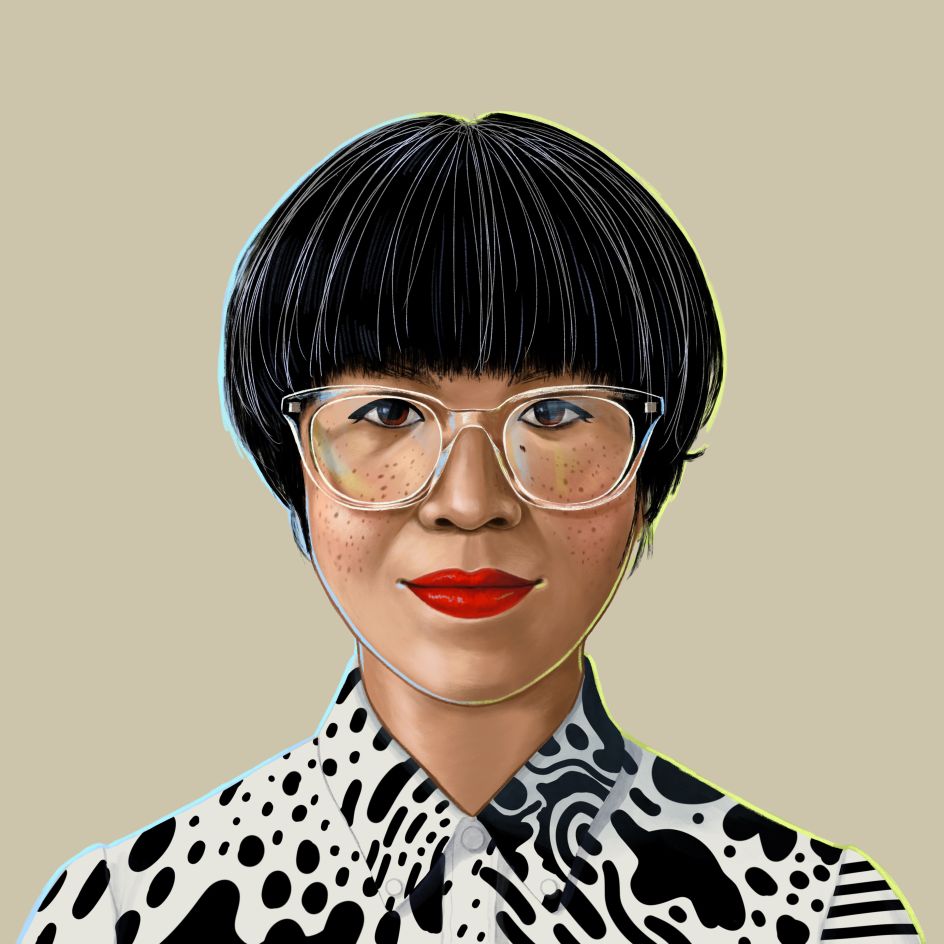
Portrait of creative director Kate Elazegui © Shyama Golden
That's amazing. I love the idea of "small breaks". What happened next?
Another friend, Mimi O Chun, whose thoughtful and playful sculptural works I am obsessed with, asked me if I wanted to do a two-person show with her in 2018. Her work was already done, and we didn't want to wait for years for a gallery to give us a show, so I had just two months to do my part.
I find that when I ask for opportunities from traditional gatekeepers, I get rejected. Still, when I go ahead and do the work and take it directly to my audience, people respond to it, and the opportunities come.
We had our opening at a space in the Lower East Side, and it was packed. The energy between Mimi's work and mine was magic; you didn't want ever to leave that space.
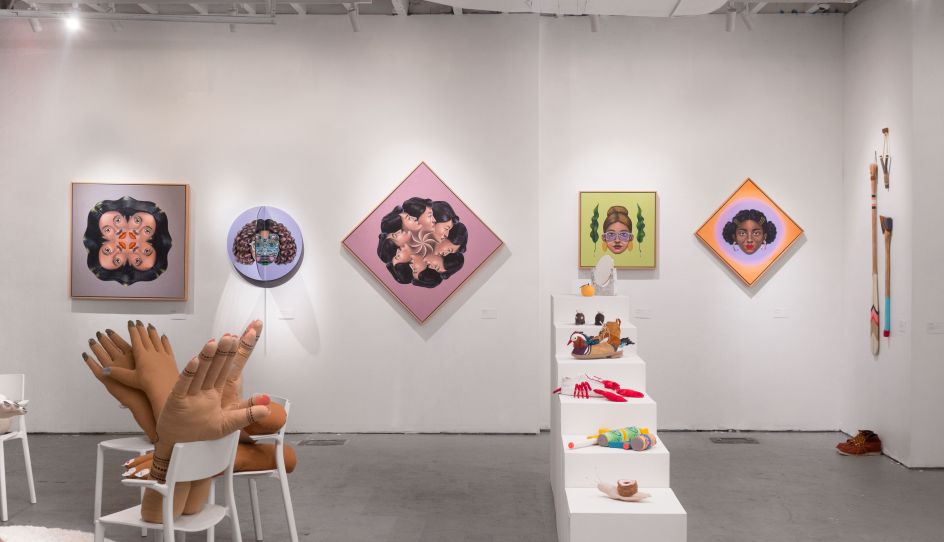
First exhibition in NYC’s Lower East Side with Mimi O Chun, photo by Paul Trillo, 2018
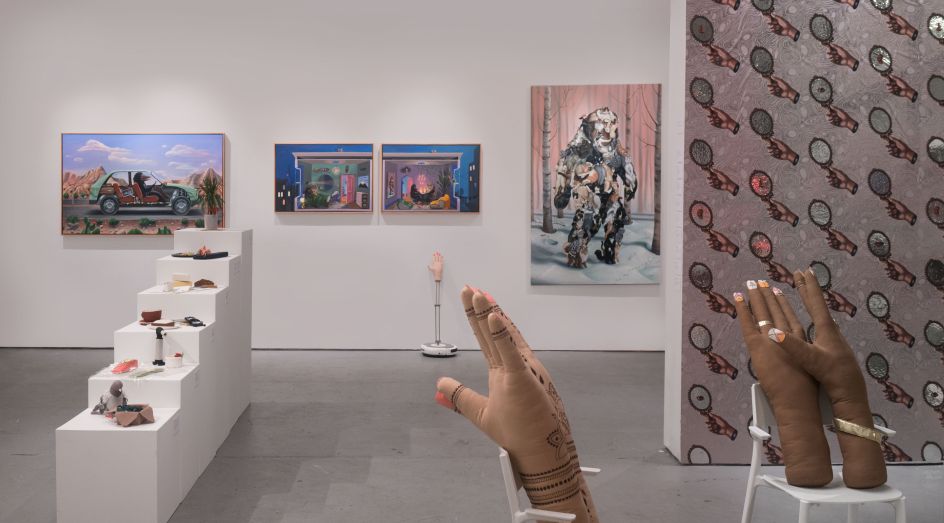
My paintings and wallpaper on the walls and Mimi’s soft sculpture in the foreground, photo by Paul Trillo, 2018
In 2019 I got another opportunity from a new friend, Anne Laure Lemaitre, who connected me with a massive, fantastic space near the Brooklyn Navy Yard for a solo show.
For the first time, I experimented with projection mapping over a painting, which became the centrepiece of the show. My custom wallpaper backdrop for the exhibition represented the self in isolation while the artwork hanging on it focused on the social drama of self-presentation.
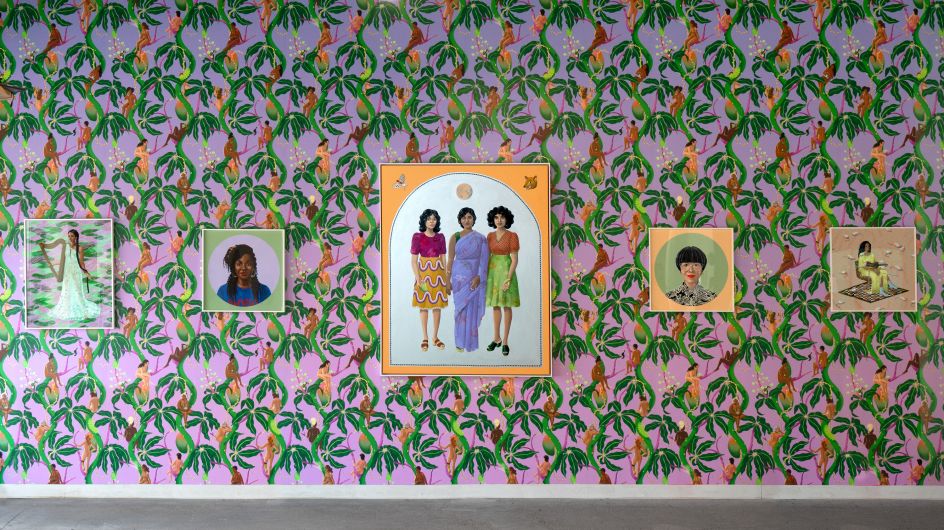
33 foot wide feature wall at my second exhibition at The Hall Brooklyn, photo by Paul Trillo, 2019
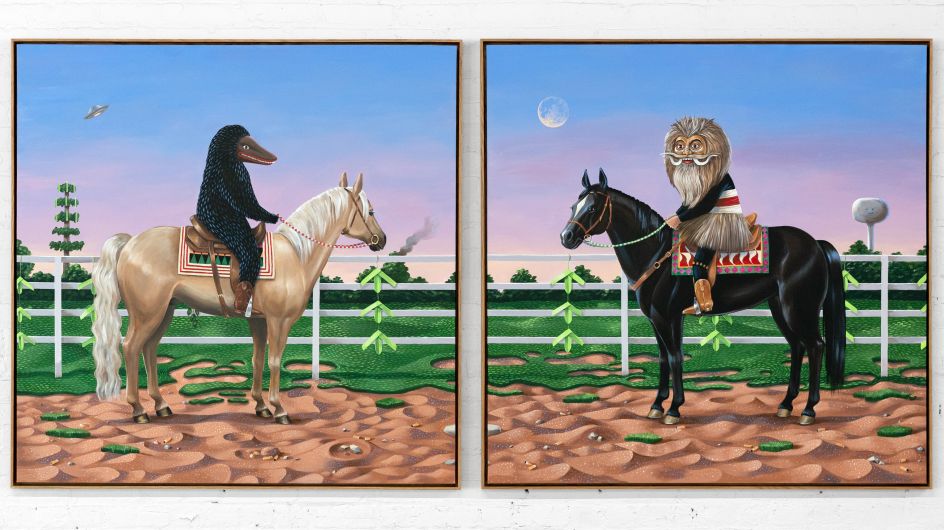
Riders, acrylic on canvas, 2019 © Shyama Golden
It's a great way to get noticed
Yes! Once again, the reaction to the work made me realise that my seemingly weird ideas were connecting with people, and most of the work in the show sold, despite having no PR and no gallery support.
I'm currently taking a little time off to adjust after moving from NYC to LA, but ideas for future works are floating around and marinating in my brain.
It sounds like you're not afraid of hard work?
When something feels mundane, it's hard for me to get motivated, but when I'm doing something so ambitious, I know I could fail, I put in the work and surprise myself. The unreasonable deadlines for both exhibitions were brutal but left me with no time to second guess things. I was proud of what came out of it, but by the end of 2019, I was burnt out. When I wasn't preparing for a show, I was doing non-stop illustration work for clients.
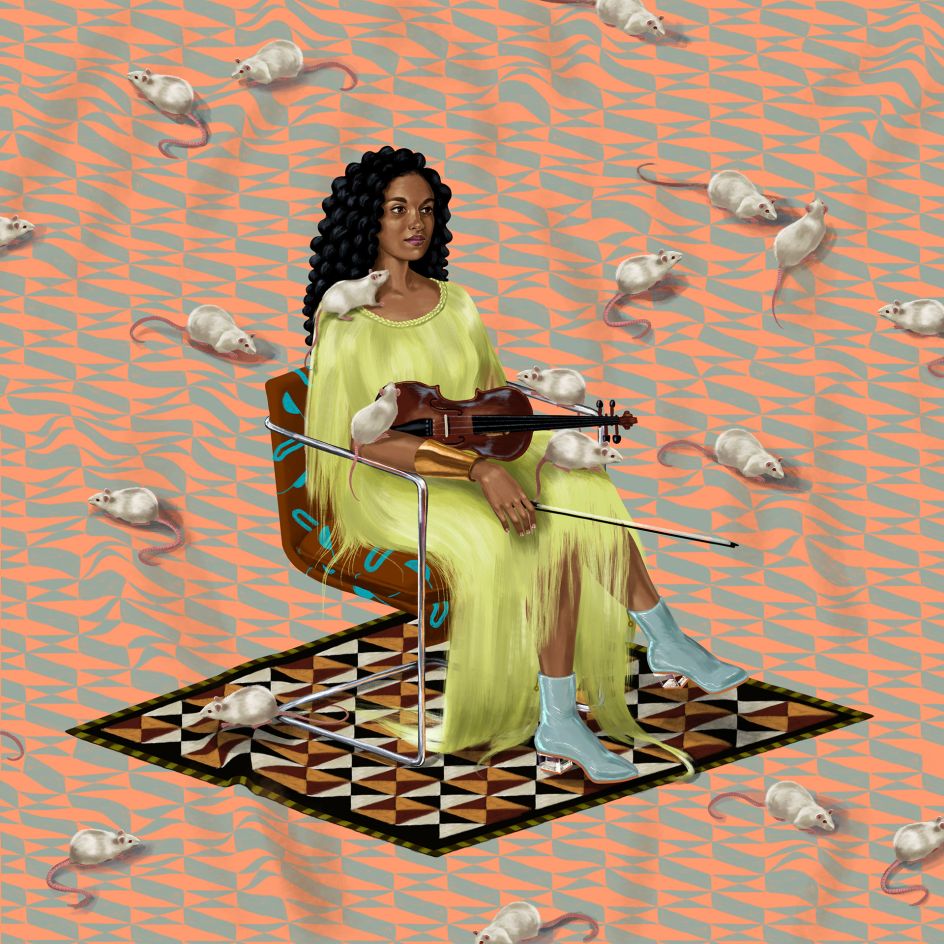
Thilini © Shyama Golden
You mention burnout. It's so easy to find yourself there. How did you recover?
I had to remember how to be a person and not just an artist. I re-prioritised my relationships with people and took better care of my health. Talking to my parents always brought me a certain amount of perspective. They are retired and meditate so much that their inner peace rubs off on me for at least 24 hours after speaking to them. Eventually, I got excited to come back to my work, and that's when I could say I recovered.
You've moved to LA. Why the change in location?
After seven years in NYC, I was ready for a change, and to have more space in my home, since I work out of it. I had met a handful of artists I admire in LA, and that gave me hope for finding a community here. I was also tired of getting yelled at through the floor by my downstairs neighbour for walking gingerly around my apartment.
How are you coping with the current lockdown?
I haven't been the most inspiring person during this, but if you are feeling this way too, you're not alone. Nobody is thriving right now but we do need artists more than ever. I will continue to make art as it's my way of connecting with other humans through all of this.
I tend to get overwhelmed and stuck in a loop of reading the saddest news, but I am setting limits on this and getting in the habit of lifting free weights and going on neighbourhood walks to get out of my head more.
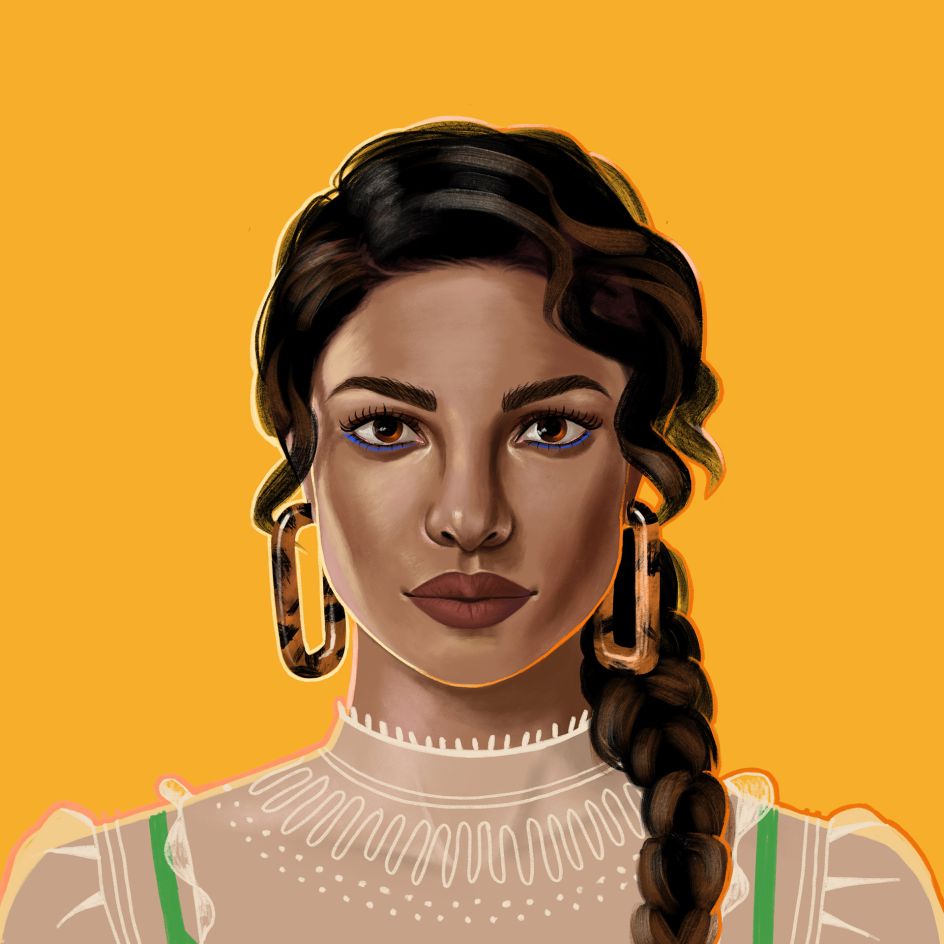
Priyanka for The Girlfriend © Shyama Golden
Frida, looping animation, 2020 © Shyama Golden
Aside from all the lessons you've learnt from staging your shows, any advice to those thinking of becoming an illustrator?
I think the most important thing is to zoom out from yourself and realise there are millions of other artists out there. What are you here to contribute?
If there's something painfully uncool that you stubbornly still want to do, then try it because there are probably other people like you who would like to see it. If you're going to do something trendy, that's okay too, but you need to interrogate why you want to enter an already crowded space. Are you just being influenced by its popularity? Does the world need more of this thing? How will your work be recognisable?
Try combining at least two skills or techniques in your craft. Some of those things for me were my background in Graphic design, oil painting, interest in science, and experimenting with animation and technology. Yours might be embroidery, tattooing, poetry and code, but if I guessed wrong, you're going to have to figure that part out on your own.
A lot of young illustrators struggle with style and content. One way to get there is to look at your portfolio and remove the stuff you don't want to do in the future. It hurts a little every time, but if you keep doing this over the years until your voice is clear and strong, you'll attract far better work.
Don't worry if you aren't winning illustration competitions; I haven't won any and I promise you, nobody cares. Focus on getting your work out there for free in more direct ways like Instagram. Just remember that what gets a lot of likes isn't necessarily what's special or good. Aim to make work that is culturally relevant to the times we live in, or as a first step, do your best to make the art you want to see out there.




 by Tüpokompanii](https://www.creativeboom.com/upload/articles/58/58684538770fb5b428dc1882f7a732f153500153_732.jpg)

 using <a href="https://www.ohnotype.co/fonts/obviously" target="_blank">Obviously</a> by Oh No Type Co., Art Director, Brand & Creative—Spotify](https://www.creativeboom.com/upload/articles/6e/6ed31eddc26fa563f213fc76d6993dab9231ffe4_732.jpg)









